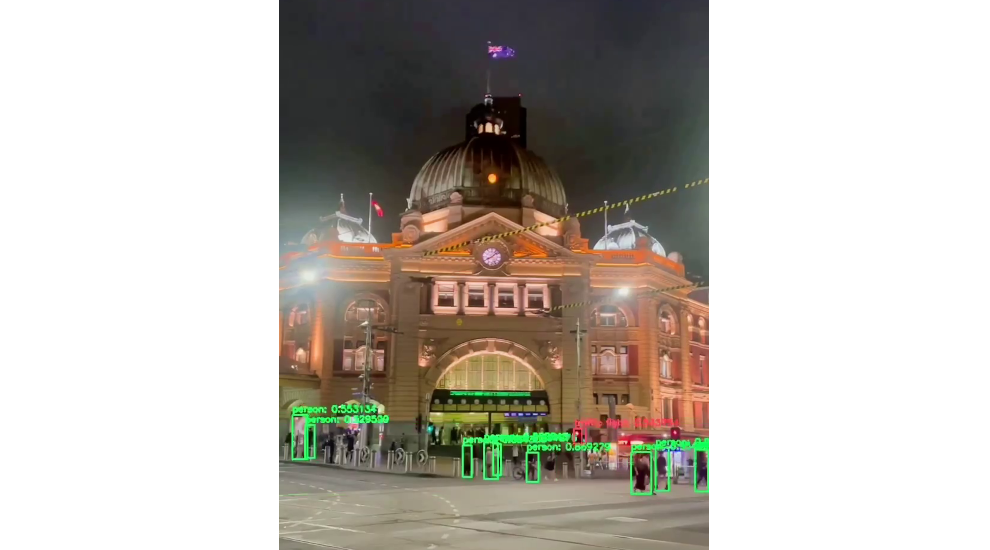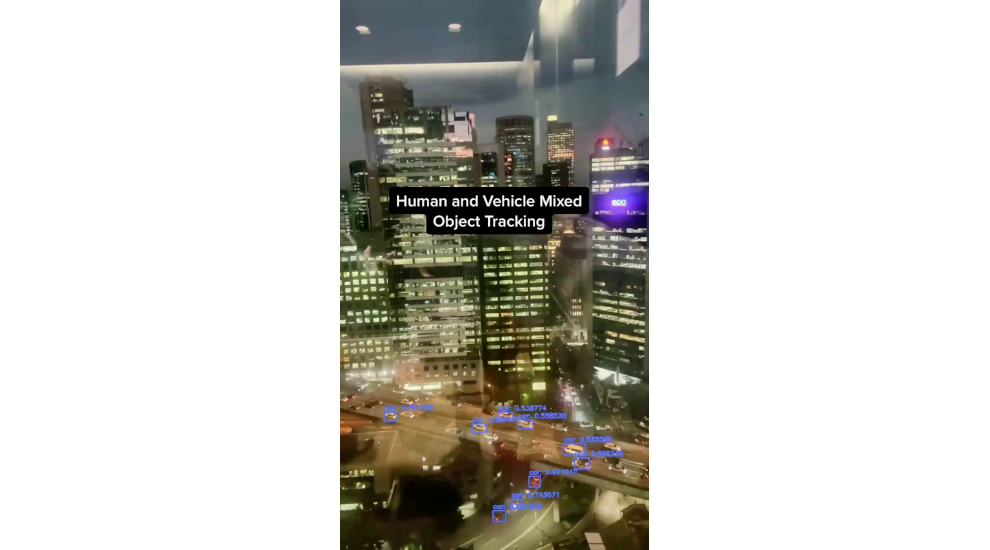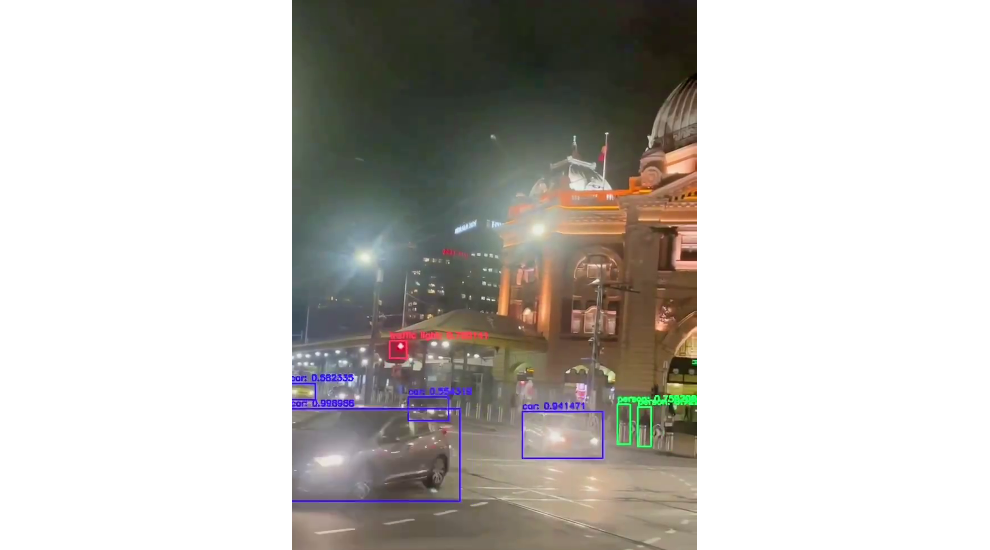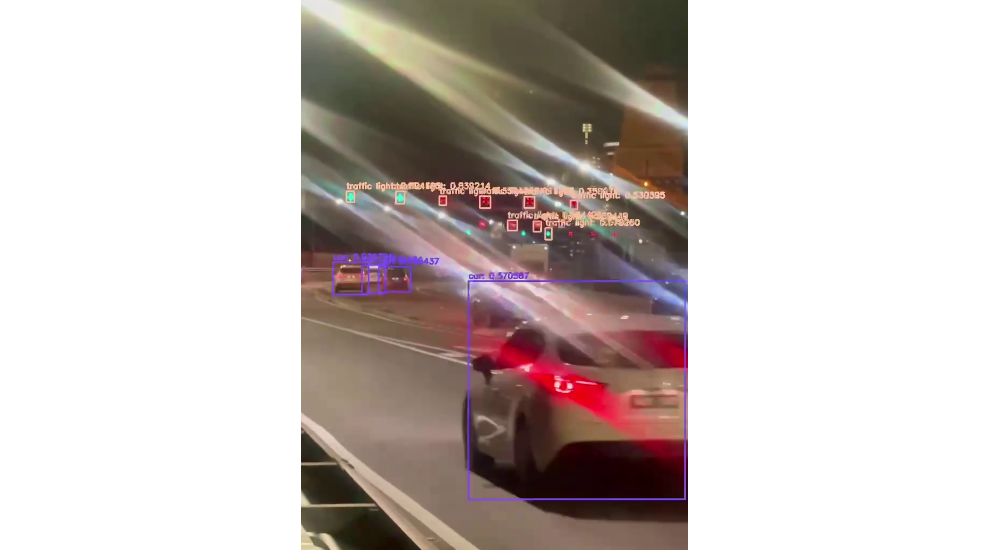Computer Recognition - Giving Computers Vision
Computer recognition and computer vision, in general, have a long extensive history of being challenging and complex fields where progress up until the advent of ML/AI was limited. In stark contrast, with computer graphics, numerous advances have occurred in a short space of time within the 2D/3D modelling, computer-aided design (CAD), digital motion pictures such as those produced by Pixar and video games fields. Modern computing lent itself well to capturing and creating images but not perceiving them.
Analysing, for example, can provide real-time actionable notifications to security and related personnel. Writing a classical algorithmic program to solve computer recognition/computer vision problems is difficult, although using Artificial Intelligence makes the problem tractable.
Solving the Problem via Artificial Intelligence
This problem raises questions about how humans identify objects within a visual range which is also incredibly difficult to answer. While this is still very much an open question, artificial neural networks have proven incredibly useful in the computer recognition/computer vision domain.
With deep learning techniques and a vast dataset of images, it is possible to train a model to identify objects. The most common dataset is the Common Objects in Context (https://cocodataset.org/) which contains the following as per their definition:
- Object segmentation
- Recognition in context
- Superpixel stuff segmentation
- 330K images (>200K labeled)
- 1.5 million object instances
- 80 object categories
- 91 stuff categories
- 5 captions per image
- 250,000 people with keypoints
Training various artificial intelligence models with this information has proven highly effective when running the model on an evaluation dataset.
Overview of the Organisational Challenge
Assuming that the AI capability exists to analyse objects within video feeds (which it does), how would an organisation implement such a solution? There is still the broader problem of implementing such a model in a productionised environment that can scale and operate within a regulatory framework.
Traditionally, organisations would task their IT departments with installing such a capability. Usually, organisations would find off-the-shelf software to solve the problem or seek out a custom-software vendor to build or retrofit an existing solution if such a solution was not readily available. Given the complexity of Artificial Intelligence systems, both these options would be unavailable for quite some time.
In addition to the technical challenges, there are also internal policies, and various compliance requirements organisations have to adhere to commonly, such as data privacy which, while related, are issues that different domain experts. Thus, implementing such a solution will require expertise from many other areas of an organisation requiring complex project management. An alternative to internal strategies is to access such a capability via an Artificial Intelligence as a Service business, including Telemus AI™, in a manner akin to accessing cloud services.
Organisational Data Available as AI Input
Most organisations use CCTV for security purposes and have various video feeds sent to a control room for monitoring. Usually, these video feeds would have security personnel monitoring them 24/7 to identify any activity that may not be deemed acceptable or require further investigation or action. These video feeds can be fed through an artificial intelligence system. The AI alert the security personnel if anything needs further investigation.
The advantage of this is that the AI system can potentially detect anomalies that a human would otherwise miss if it is not obvious or the security personnel had a lapse in attention. Another way to look at this it is that the security personnel's capability to understand what is happening in video feeds has been augmented to a higher level. Thus, similar to using tools in other domains to augment our capabilities.
While the potential of this technology may be confronting for some people, it is essential to consider that an individual is monitoring the video feeds in any instance, and AI is simply helping the security personnel view the footage, and the benefits need to be weighted. Given the technology is run in a regulated and safe manner under a strict governance framework, the potential upside would be immense.
Integration Methodology
The following is an overview of the process we would perform at a high level to analyse such feeds within an organisation:
- Identify CCTV feeds and the system that provides monitoring and recording of such feeds
- Modify the software to send feeds to a cloud-computing provider for real-time analysis
- Run the feeds through Telemus AI™ and return augmented video feeds back to the security monitoring system
- Set up customised alerts to the security personnel based upon what is detected
Given Telemus AI™ takes care of most of the work, the organisation can focus on the business logic rather than the technical implementation.
Organisational Applications
The following lists other potential applications for your organisation:
- Monitoring cars on a road network and detecting when accidents occur to send a crew to assist
- Monitoring individuals in venues to ensure antisocial behaviour is not occurring. If so, automatically dispatch a security unit to deescalate the situation.
- Monitoring workplaces and worksites, ensuring that staff are not within the premise outside of set hours of operation
Potential and Realised Benefits
The potential and realised benefits of this technology are vast. It is possible to perform CCTV monitoring more accurately and efficiently, with fewer errors, requiring fewer overall security personnel, allowing such personnel to focus on more pressing tasks such as active patrolling or investigative work.
Telemus AI™ is an Australian based artificial intelligence company providing advanced solutions to government and enterprise. Contact us today for a free consultation on how the Telemus AI™ can be integrated into your organisation.
















